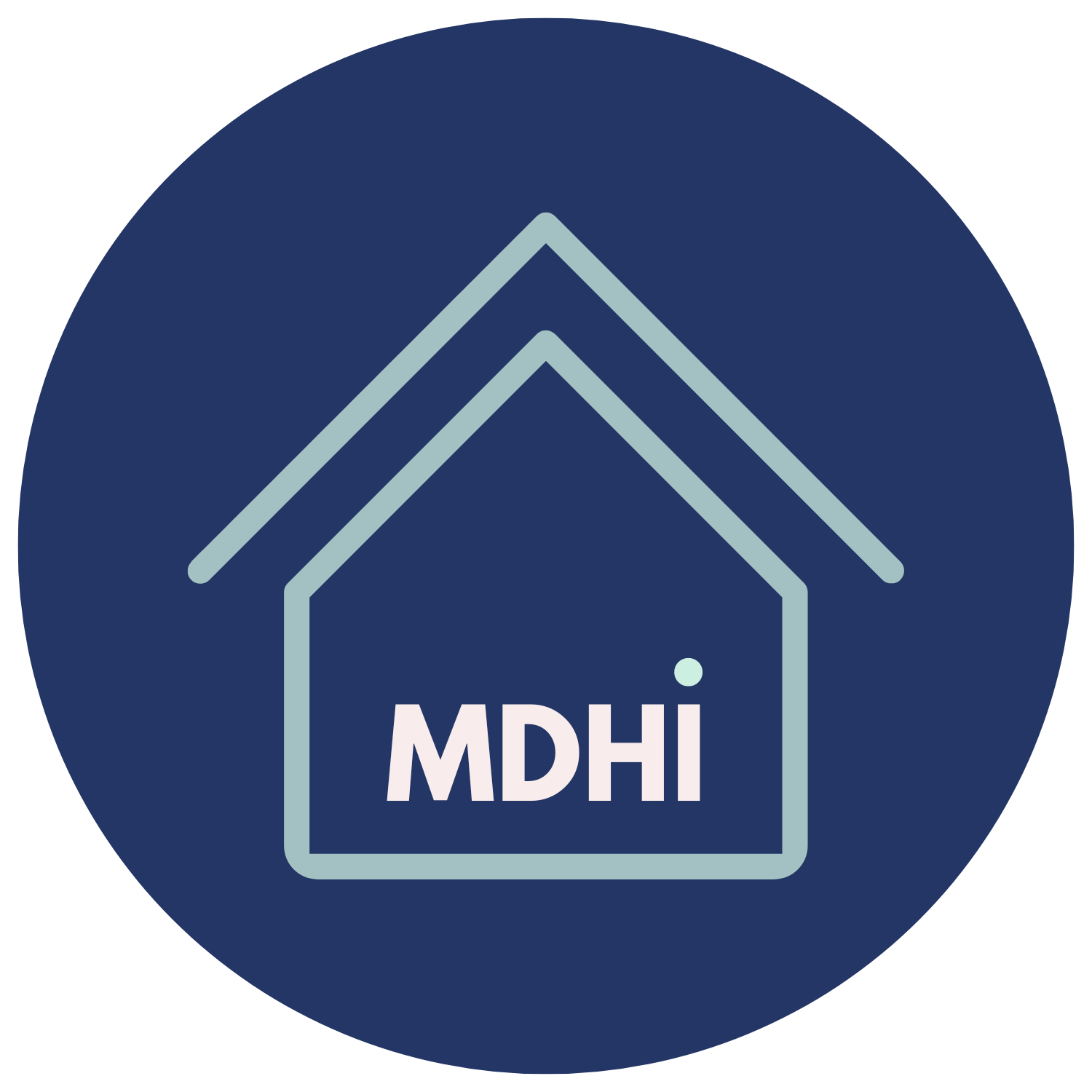A client-centered approach to housing the most vulnerable in our community.
Coordinated Entry Stystem
OneHome is the Coordinated Entry System for the Metro Denver region. Coordinated Entry is a client-centered process that partners with service providers and community members to assess and identify the housing needs of people experiencing homelessness. OneHome Coordinated Entry matches individuals, youth, and families to the appropriate housing resources available while elevating client choice.
-
OneHome utilizes the Coordinated Entry Standard Assessment to assess an individual's level of vulnerability at locations throughout the seven-county region.
We recommend that Assessors work on ordering vital documents for their clients and help them apply to external housing resources regardless of whether or not they are prioritized.
-
OneHome uses vulnerability factors to prioritize and match clients to housing including documented disability, length of time homeless, age, and more.
-
After a household is prioritized, they work with case managers and partner organizations to navigate housing resources and additional support as needed.
-
Prioritized households are matched to housing opportunities in the community based on availability, client preferences, and program requirements.
-
OneHome safely manages client-specific data collected by community partners to inform process improvement, generate housing matches, and track client outcomes.
Coordinated Entry End User
“In the last year, things have gotten way better, feedback has been incorporated, action, changes have been made, whatever’s happening has been great, appreciated, organized, communication is amazing, resources are being incorporated."
Coordinated Entry End User
“I’ve had a very good experience with MDHI this year. Appreciate the constant process improvement, which could be helpful for people trying to access VI-SPDAT in the community”
Prioritization
Once assessed, households are prioritized by vulnerability because the housing resources in our community are so scarce. OneHome uses vulnerability factors to prioritize and match clients to housing including documented disability, length of time homeless, age, and more. We have updated our prioritization over the last year to reflect the ever-changing needs of our community and continue to monitor each one for equitable outcomes and process improvement.
-
Lost Housing due to Violence or Unhealthy Relationships (45%)
Homeless Because of Violence at Home (question 20, e. Because of violence at home between family members? and f. Because of an unhealthy or abusive relationship, either at home or elsewhere?)
Homeless Because of Conflict Gender ID or Orientation (d. Because of conflicts and gender identity or sexual orientation?)
Currently Fleeing DV (OneHome Enrollment)
Systems Involvement (40%)
Have you had significant interactions with the criminal justice system?
Were You Ever Incarcerated When Younger Than Age 18 (Question 13 -> legal issues)
Formerly a Ward of Child Welfare or Foster Care Agency (37. Have you ever been in foster care?)
Confirmed FUP Eligible (manually updated by OneHome Coordinator from CDHS TRAILS database confirming FUP eligibility
3 or more disabling conditions that affect the ability to attain/maintain housing (TBI, developmental disability, mental health, substance use disorder, chronic health condition, physical disability, etc.) (10%)
From the OneHome enrollment and VI-SPDAT questions
Length of Time Homeless (5%)
-
This prioritization took effect in January 2022. Individuals who have experienced 36 or more months of homelessness in their lifetime are prioritized for Permanent Supportive Housing (PSH) and individuals who have experienced less than 36 months of homelessness are prioritized for Rapid Rehousing (RRH).
3 or more disabling conditions that affect the ability to attain/maintain housing (TBI, developmental disability, mental health, substance use disorder, chronic health condition, physical disability, etc.)
Systems involvement
Currently fleeing Domestic Violence
Length of time homeless
-
This prioritization took effect in October 2021. Resources will be determined by the length of time homeless. Households with more than 12 months of homelessness and a documented disabling condition will be referred to Permanent Supportive Housing and households with less than 12 months of literal homelessness will be referred to Rapid Rehousing.
1. Households fleeing DV
Ordered by age of youngest child and then length of time homeless
2. Households who have experienced DV
Ordered by age of youngest child and then length of time homeless
3. Three or more disabling conditions that affect the ability to attain/maintain housing (TBI, developmental disability, mental health, substance use disorder, chronic health condition, physical disability, etc.)
Ordered by age of youngest child and then length of time homeless
Community Design Team
Community Design Team (CDT) is a monthly gathering of Coordinated Entry partners. The goal is to improve your understanding and use of Coordinated Entry while creating an intentional space for community feedback, trainings, and updates. For dates and times, view our Calendar.
HMIS Helpdesk
Please visit the COHMIS HelpDesk for all questions related to HMIS. You can submit a ticket, review the user guide, check answers to FAQs, review the privacy notice and other policy documents, download the most recent HMIS forms, and more.



